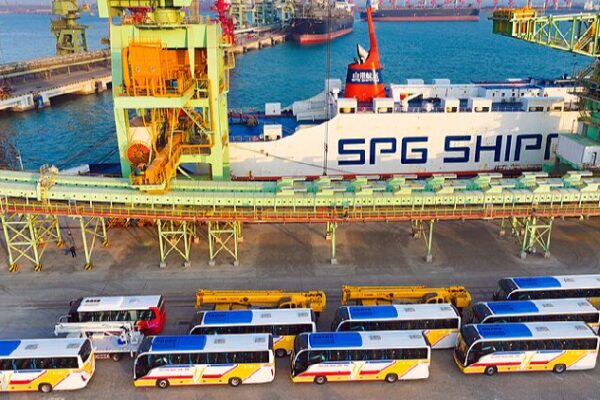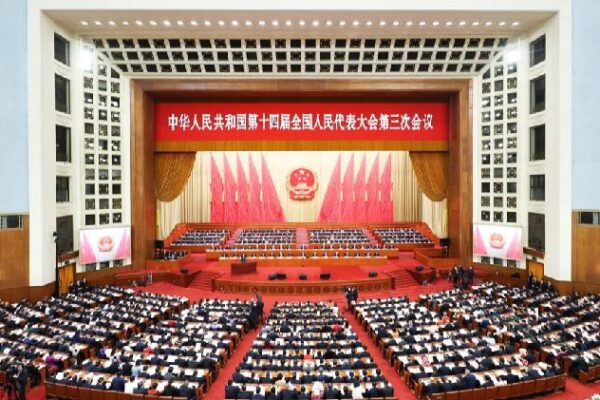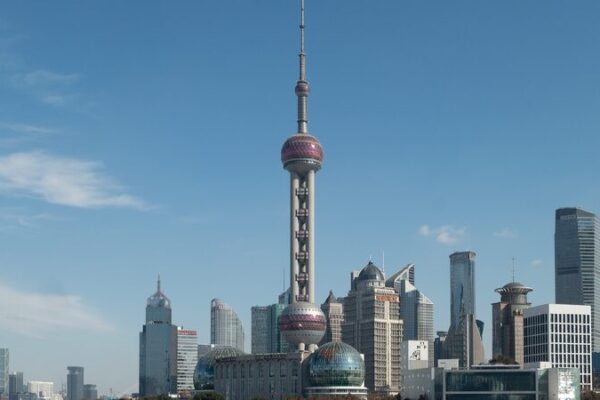China has unveiled its economic blueprint for 2025, focusing on strengthening resilience, boosting domestic demand, and pursuing high-quality development. The announcements came after the Central Economic Work Conference (CEWC) concluded in Beijing, setting the tone for the nation’s economic direction amid global uncertainties.
A key highlight of the CEWC is China’s plan to adopt a more expansionary fiscal policy. By increasing the fiscal deficit ratio and issuing more treasury bonds, the government aims to inject liquidity into the economy. This move is designed to stimulate consumption, fund infrastructure projects, and provide a buffer against external challenges such as global economic slowdown and geopolitical tensions.
In tandem with fiscal measures, monetary easing is also on the agenda. Policymakers hinted at potential interest rate cuts and reductions in banks’ reserve requirements. These steps are expected to make borrowing cheaper and credit more accessible, encouraging businesses to invest and consumers to spend. By reinforcing domestic demand, China seeks to anchor its economic stability on internal growth drivers.
President Xi Jinping emphasized the crucial role of consumption in propelling economic growth. With consumption already contributing significantly to China’s GDP growth, the government plans to launch campaigns to boost consumer spending. Initiatives include promoting smart home appliances, green technologies, and health-related products. There’s also a focus on investing in entertainment, tourism, and cultural sectors to diversify and strengthen the consumption landscape.
Innovation and high-quality development are at the heart of China’s economic strategy. The CEWC called for technological advancements to lead industrial transformation, with support for emerging sectors like quantum technology, life sciences, and low-carbon industries. Investments in renewable energy and electric vehicles not only advance China’s climate goals but also position the country as a leader in the global green economy.
China acknowledges the challenges ahead, including geopolitical tensions and supply chain disruptions. By proactively managing potential risks and reinforcing the private sector, the government aims to foster innovation while maintaining financial stability.
The economic plan for 2025 balances stimulating demand with promoting productive investment. Government spending will drive investments in critical areas such as infrastructure and digital transformation. Encouraging private sector participation and improving investment mechanisms are also part of the strategy.
For global investors and businesses, China’s policies present new opportunities. The focus on consumption, high-tech industries, and green development offers avenues for collaboration and growth. Continued monetary easing could stabilize capital markets and boost investor confidence.
As China looks ahead to 2025, its economic blueprint reflects a commitment to sustainable and inclusive growth. By leveraging fiscal and monetary tools, promoting consumption, and prioritizing innovation, China aims to navigate current challenges while laying a solid foundation for the future.
Reference(s):
CEWC a blueprint for China's sustainable and inclusive growth in 2025
cgtn.com








